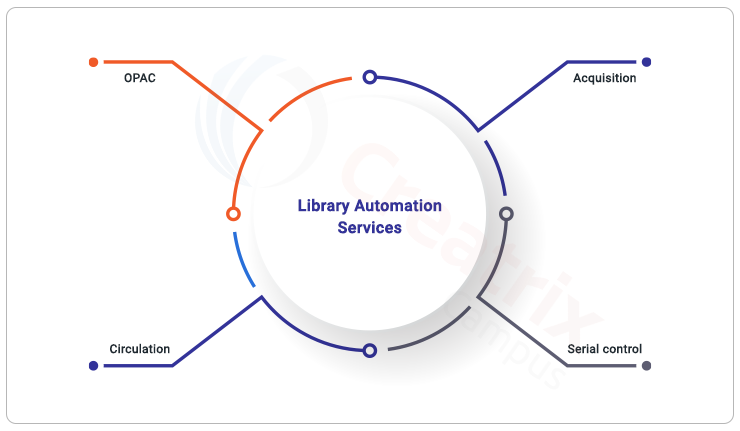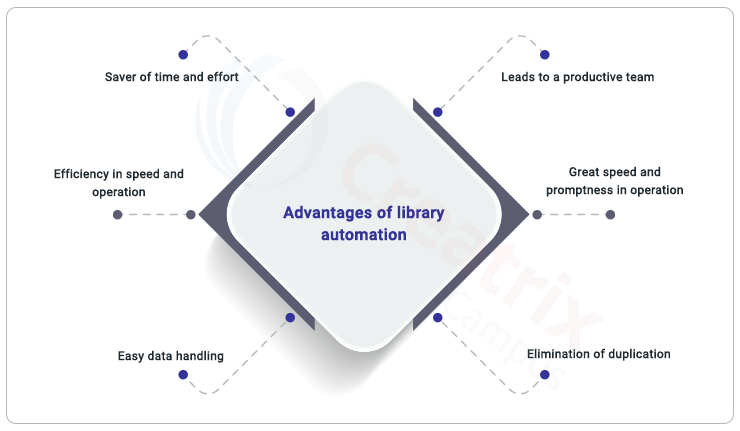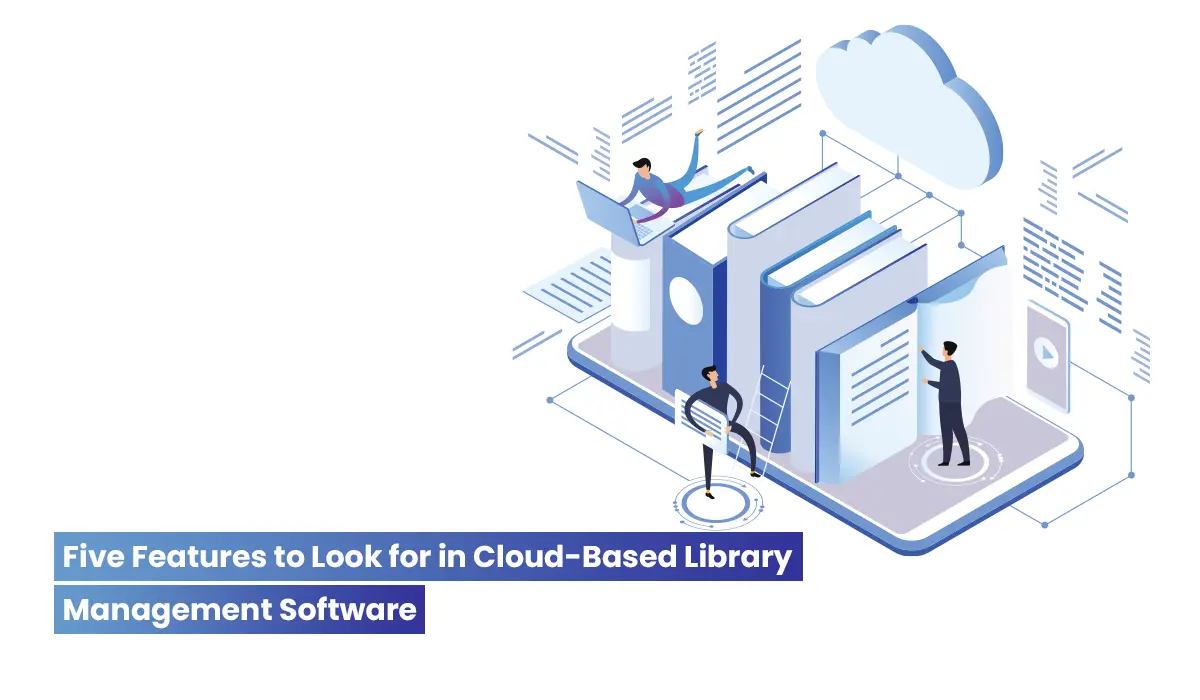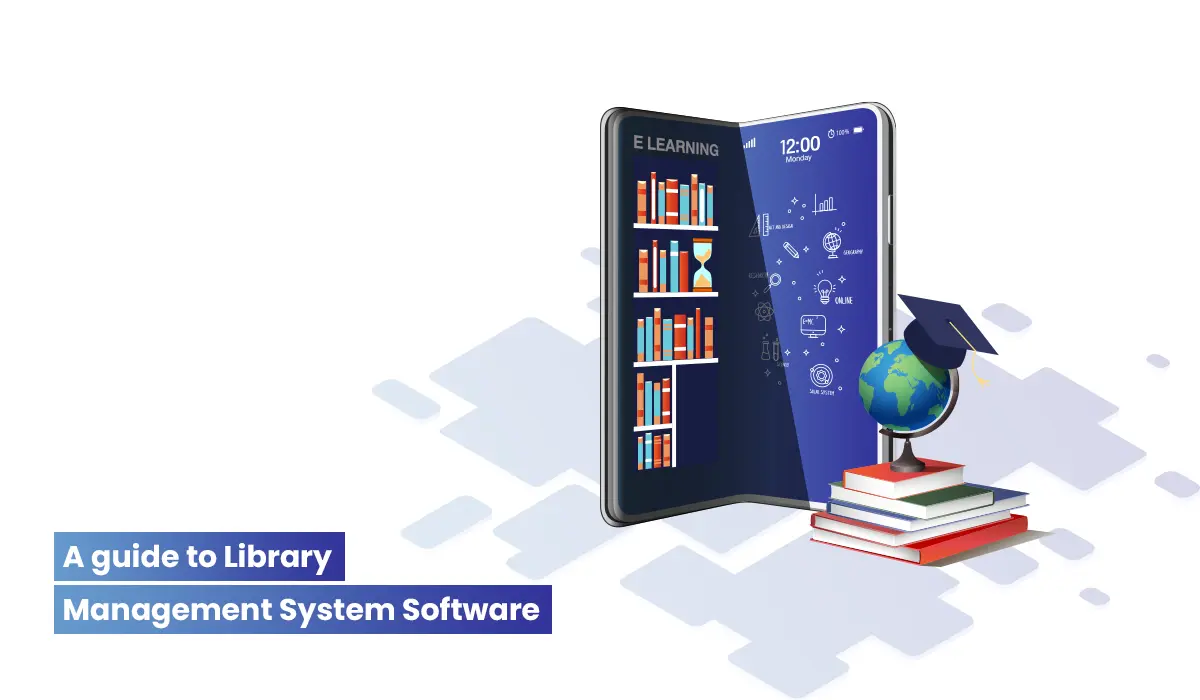How Technology can provide cost-effective library automation for Institutions

There are diverse challenges in the education sector. Library automation has been a tough challenge for many educational establishments. Using the school library management system, users can search for e-books, e-journals, pictures, audio, video, and more.
Patrons can place requests, renew their membership, pay subscription fees, and much more. Institutions can easily manage their books and keep track of all the lent books, overdue books, and fines. Let’s try to figure out how library automation software can be advantageous and yields a high return on investment.
What is library automation?
Library Automation is a complete action of storing and accessing all digital records, asset maintenance, collections, withdrawals, indexing, and abstracting in a more efficient manner with an aim to improve and enhance services to its users.
It is also referred to as Library Management System as it manages all information relevant to materials in the library with complete bibliography details, rack details, titles, and more.

Most wide library automation services include;
OPAC or Online Public Access Catalogue: This automates the complete cataloging process including storage of resources, management, tracking, and retrieval
Circulation: Includes the library processes of lending, renewal, return, on hold, and others
Acquisition: Includes automation of the whole of acquisition processes including managing orders, receiving, returns, and cancellations
Serial Control: This part of library automation includes placing orders, canceling, claiming, returning, defective, accounting, etc.
In short, the process facilitates the smooth operation of the library like the issue and returning process, with built-in search and reporting functionality.
What is the purpose of library automation?

The purpose of library automation is to overall improve the efficiency and running of the whole system. It is found to be completely reliable, scalable, and auto upgrades with every new innovation. Here is the real purpose behind library automation in HEIs.
- To speed up the library's functioning
- To better manage its digital and physical resources
- To offer more effective and reliable service to users
- To gain better accessibility with a mobile app
- To meet the needs of the library and its users that manual processes are unable to fulfill
- In order to cross-manage other system resources, such as the internet, and make them easily accessible
Advantages of library automation

There are unsaid advantages of library automation. We have mentioned a few below for you.
A great saving of time and effort
It lessens the workload for the staff and improves the effectiveness of the library. When done manually or with spreadsheets, auditing the library's stock and verifying its countless books takes six months and three people to produce accurate reports. This is saved drastically with library automation where the time and labor of a whole team of workers gets done in just a few hours.
Efficiency in speed and operation
With brilliance in speed and efficiency, library automation in general replaces the traditional, paper-based systems with computers and software. It takes a long time to find books in a traditional library and give them out. The staff can quickly issue books to students using a cloud-based Lib-Man system while also using their track record to distribute the books efficiently.
Easy data handling
For the majority of library activities and services, such as acquisition, reference, bibliographic service, inter-library loan, cooperating cataloging, etc., the automated library cataloging system entails the creation of bibliographical information in an easy-to-access format.
Users can search any field for quick information retrieval and printing from their point of view. If the same system is available in a network environment, users can also use it to access the same database, email services, submit requests or reservations, and other internet services.
Leads to a productive team
Using copy cataloging, sharing bibliographical records, creating union catalogs, and using other external databases, improves the efficiency and productivity of library staff. It ensures that the record is consistent and of a high standard.
Great speed and promptness in operation
Library automation adopts cutting-edge RFID, replacing barcode technology. This Radio Frequency Identification of Devices gathers data using a different kind of reader. When this technology is applied in libraries, books can be borrowed and returned without having to be handled physically.
Additionally, it greatly increases the accuracy of library inventory projects. An RFID reader is simply passed near the shelf and all the RFID labels are read and decoded instead of having to remove every book from the shelf to scan a barcode.
Elimination of duplication
Data duplication means wasted time and effort, user frustration, poor customer service, increased marketing costs, missed opportunities, and inaccurate reports, ultimately leading to slow and poor decision-making. Library automation eliminates the possibility of data and resource duplication to a great extent, giving its users an ultimate learning experience.
Automate your Library Management with Creatrix Campus
HEIs of all kinds can use Creatrix Campus library automation that comes with top-notch functionality to provide high-quality services to your users. Right from cataloging, circulation, purchases, serials, and other things, our library software does it all. It facilitates easier access to information and increases its availability. With most of the tasks automated, your libraries can efficiently run with less staff, plus offer supreme user experiences. Contact us for a live demonstration now.



